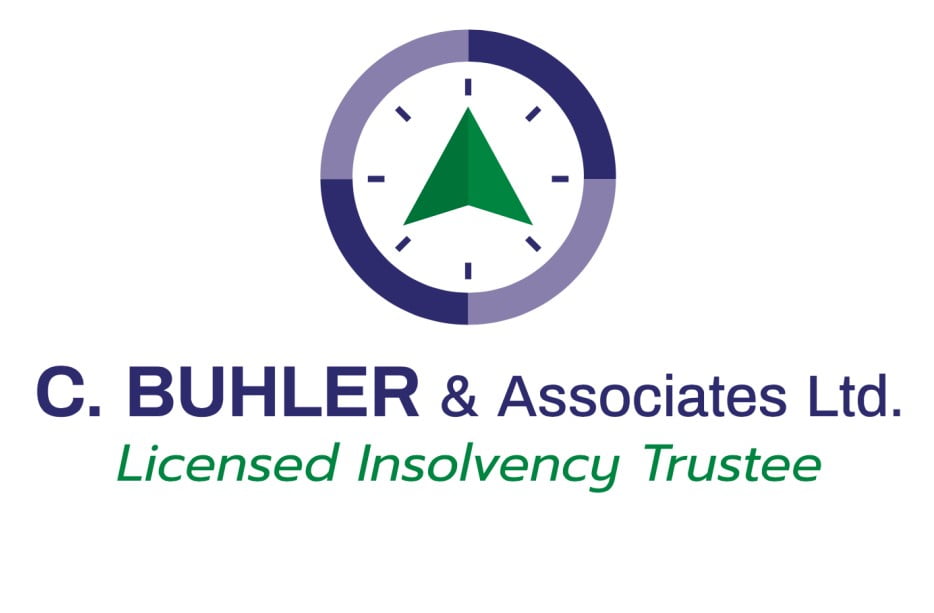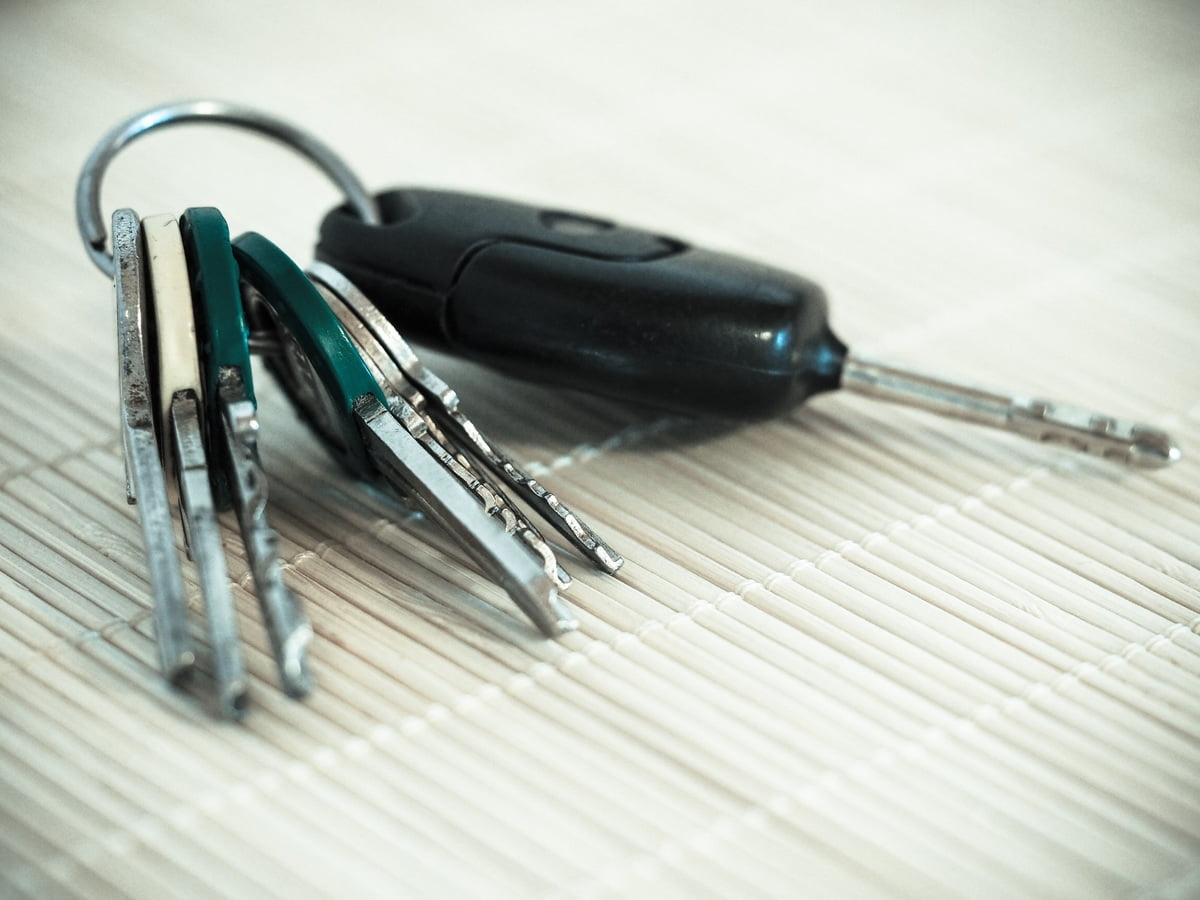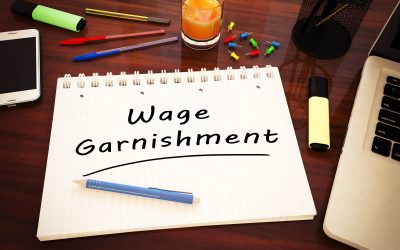Canada is a big country. This might go without saying, however, I frequently entertain the question, “My friend got to keep (insert asset here) in their bankruptcy – why?” While I can’t speak to how bankruptcy works in Canada as a whole, I can speak about bankruptcy law, in general. Provincial and Federal Legislation, such as the Bankruptcy and Insolvency Act, outlines what happens to assets when declaring bankruptcy in Canada. To file a personal bankruptcy in Canada, you need to meet with a Licensed Insolvency Trustee who is licensed to file a bankruptcy in your province or territory. For example, if you live in a remote part of the province, and would like to file personal bankruptcy in Manitoba, or bankruptcy in the Northwest Territories, you would call, email or text us. We will connect you with our Licensed Insolvency Trustee (LIT). LIT’s are specially trained to know the rules about personal bankruptcy, and are Canada’s go-to professional for debt solutions.
Be sure to specifically ask how your assets are affected if you declare bankruptcy. Never assume your ‘friend’s’ situation is just like yours. In fact, you might find that after talking with a Licensed Insolvency Trustee, you would be better to file a consumer proposal, or that you could benefit from from a meeting with one of our credit counsellors or budget counselling. LIT’s are licensed to explain all your options, including personal bankruptcy, consumer proposals, debt consolidation, or any other debt solutions they feel are relevant to your financial situation.
Note: Our LIT are also licensed to provide information on business bankruptcy, corporate restructuring options, and debt solutions for the self-employed. Not sure if you qualify? Contact us to discuss!





